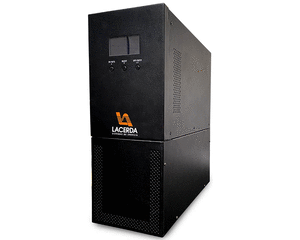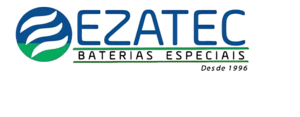Abstract
Over the last two decades there has been much exhilaration about the anticipated transformation of power electronics that SiC devices would bring, which has been accompanied by tremendous efforts by governments and companies around the developed world to meet those expectations. The successful commercial use of SiC Schottky diodes over the last ten years has helped improve efficiency and reduce size of power converters in several applications, but only in the last couple of years, several SiC active switching devices became commercially available at reasonable cost and volume. CPES has been involved all along in characterizing the newest SiC devices and evaluating their potential to change existing applications and open completely new ones.
CPES-The Center for Power Electronics Systems (CPES), with annual research expenditures of $6-7 million dollars, is dedicated to improving electrical power processing and distribution that impact systems of all sizes – from battery-operated electronics to vehicles to regional and national electrical distribution systems.
VIEW FULL TUTORIAL:http://www.cobepspec2015.ufc.br/wp-content/uploads/2015/12/t1.pdf

.gif)













